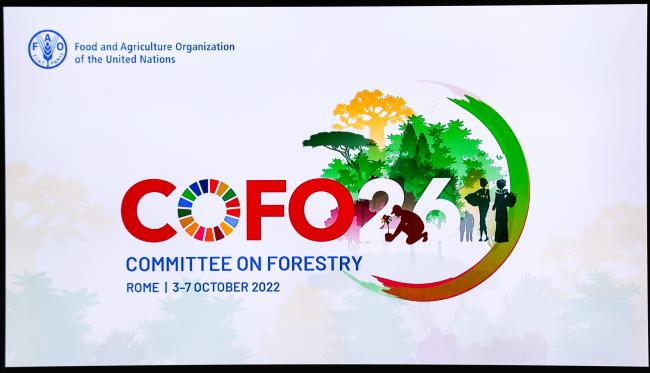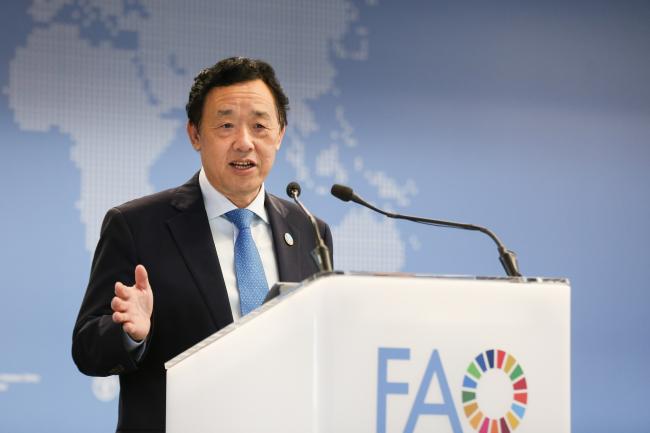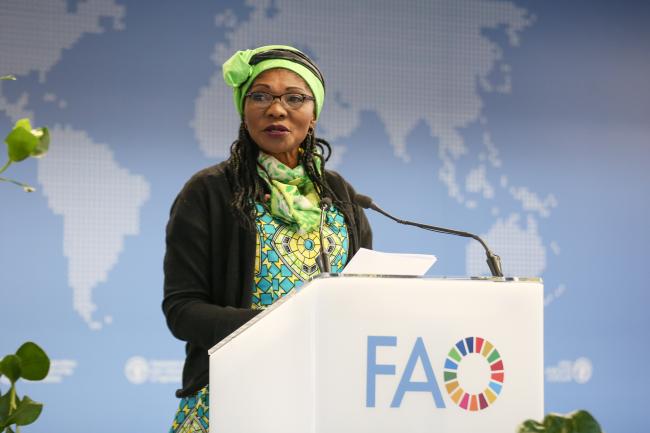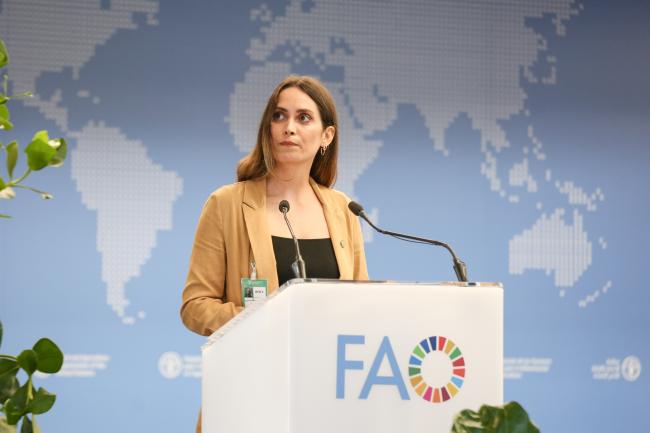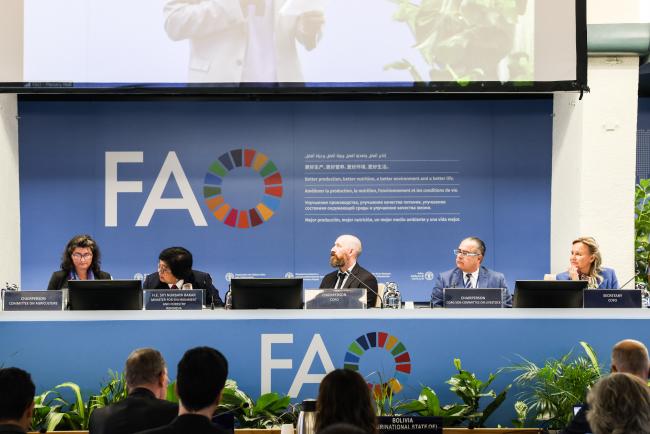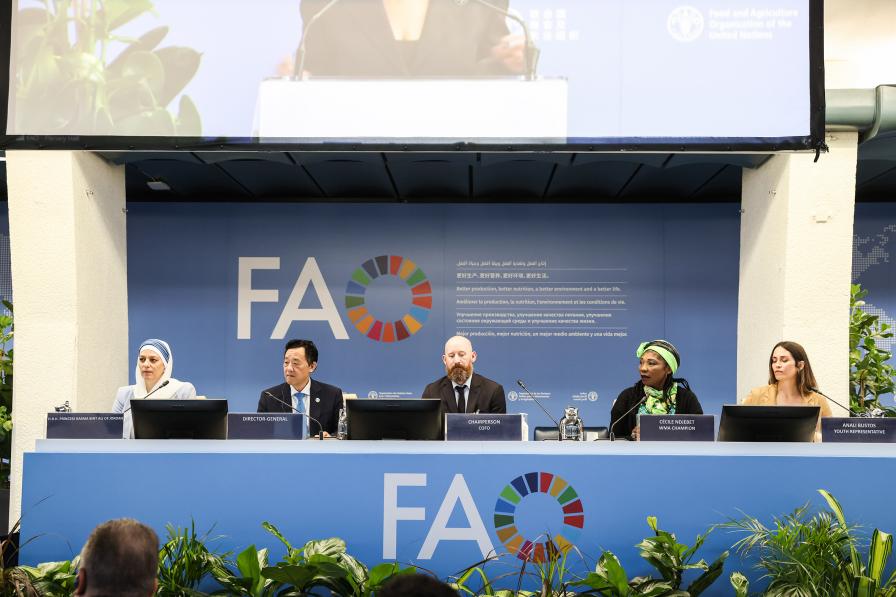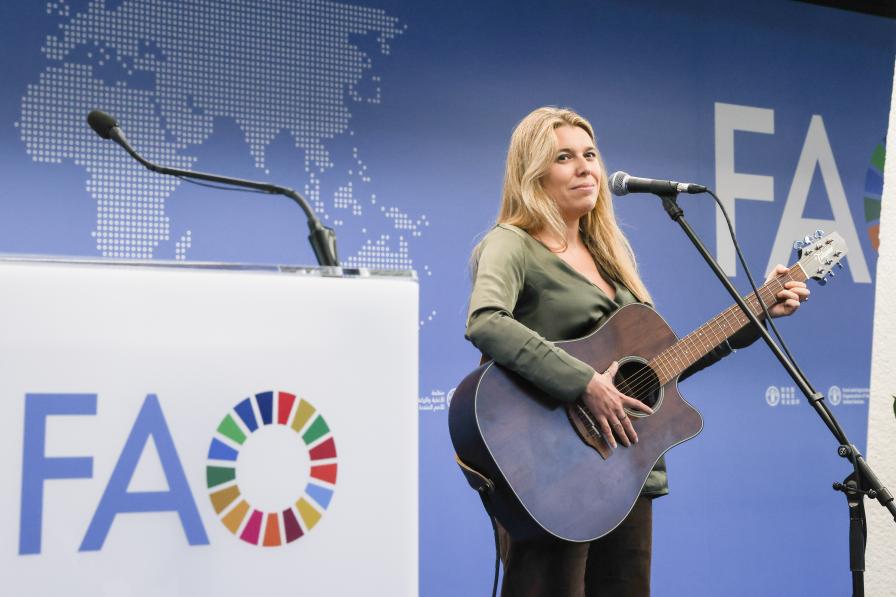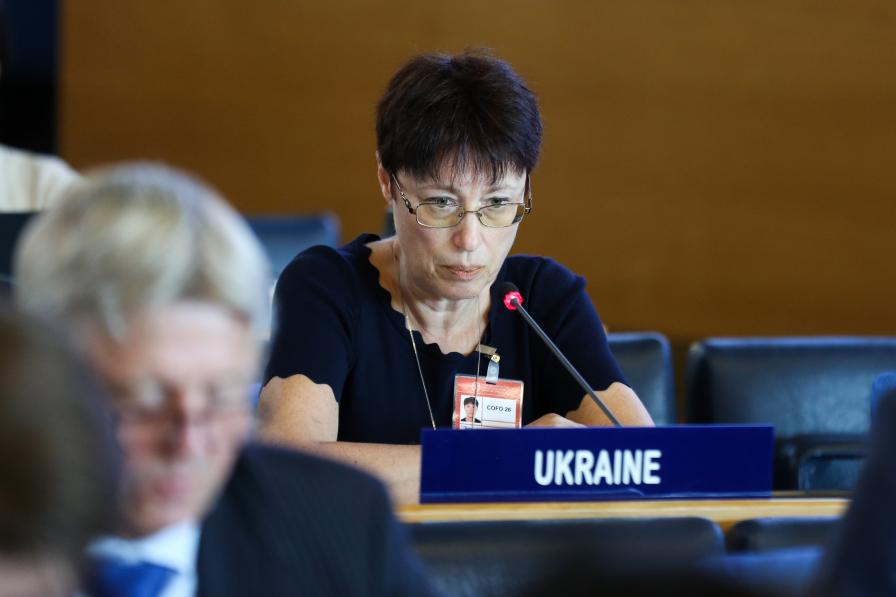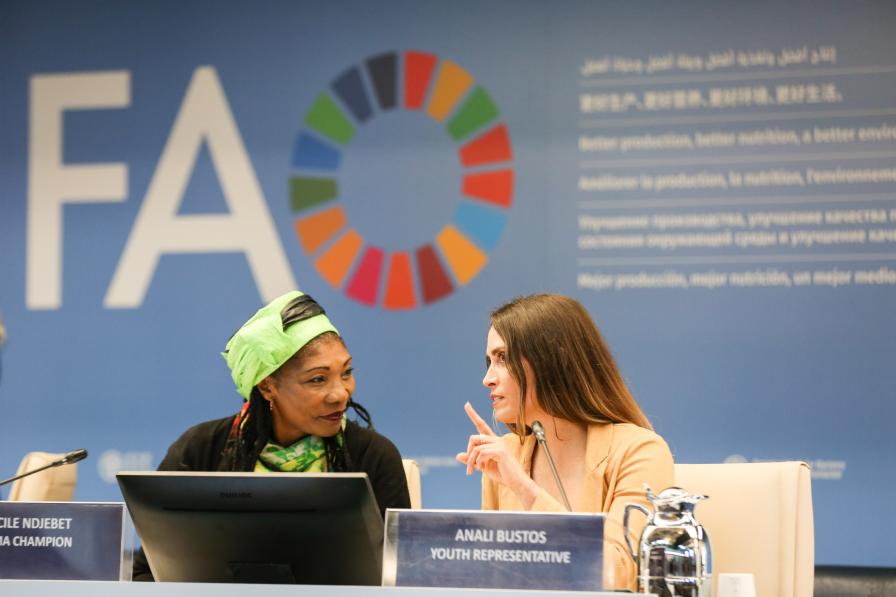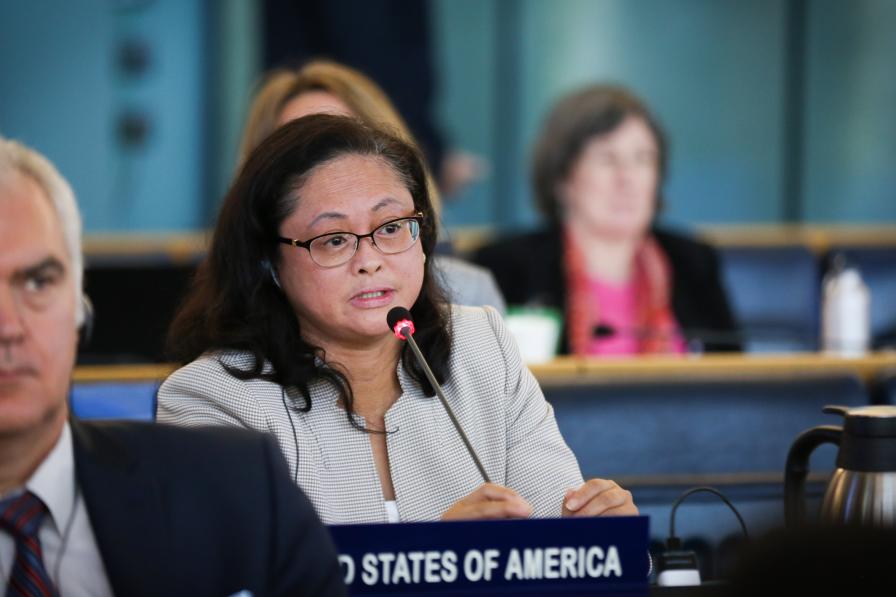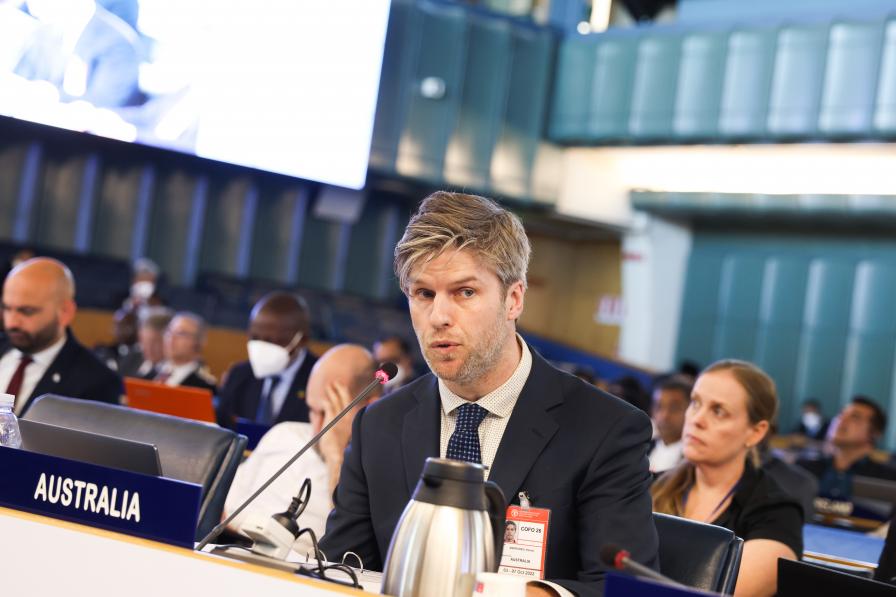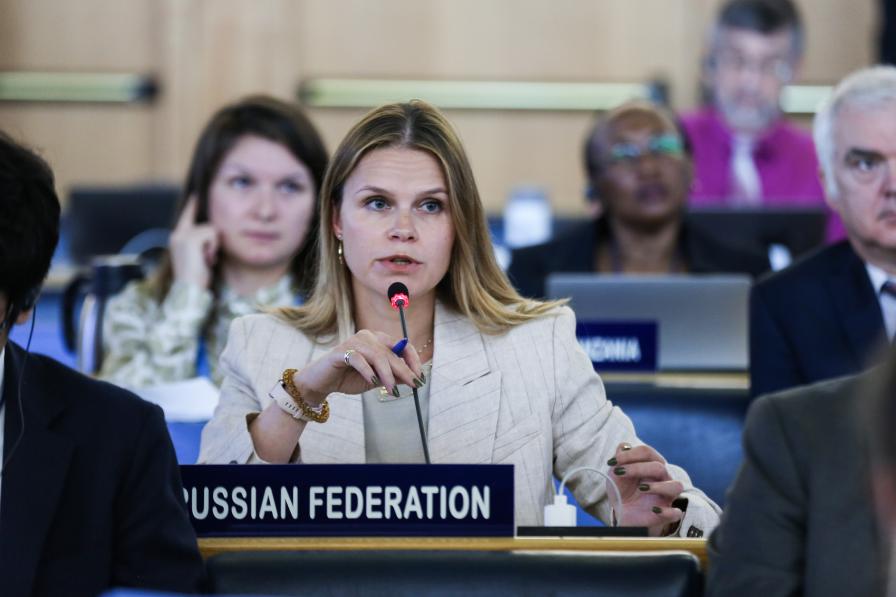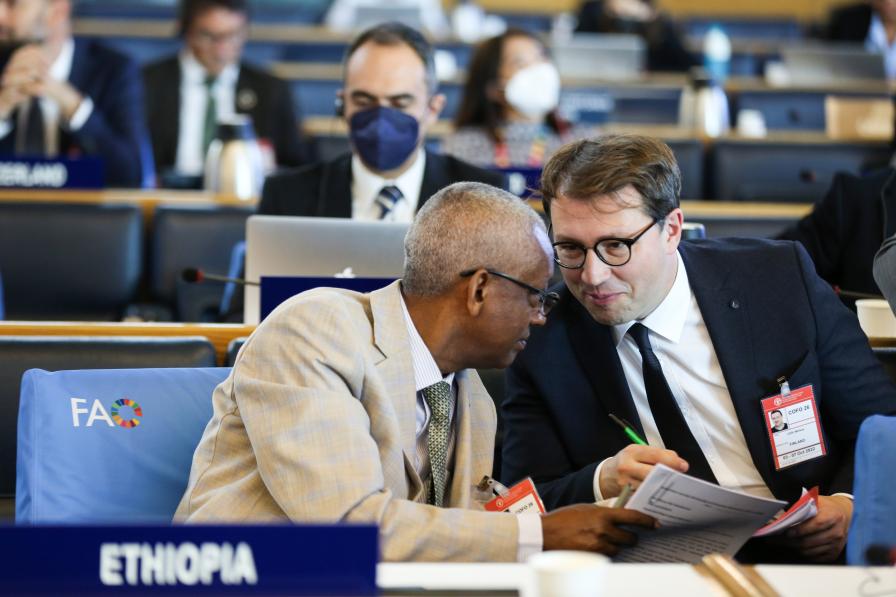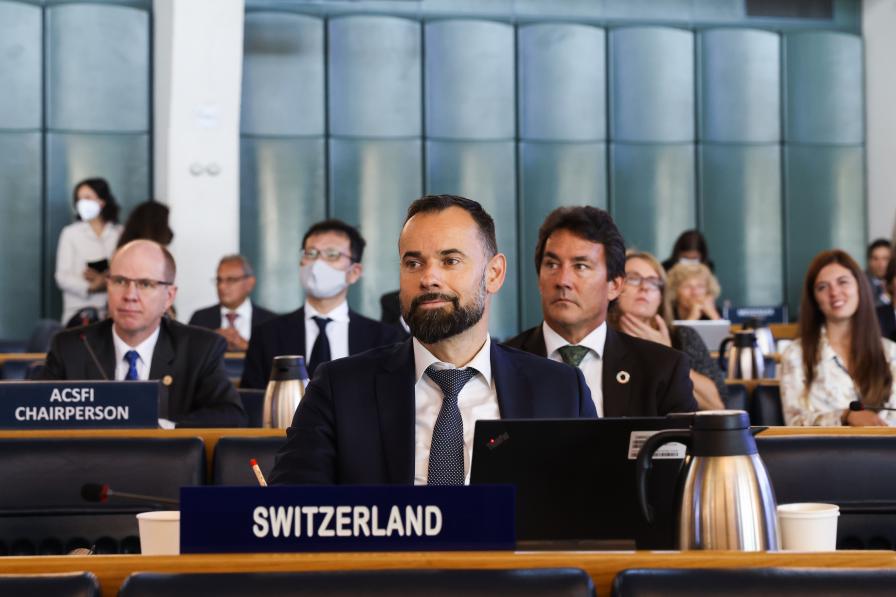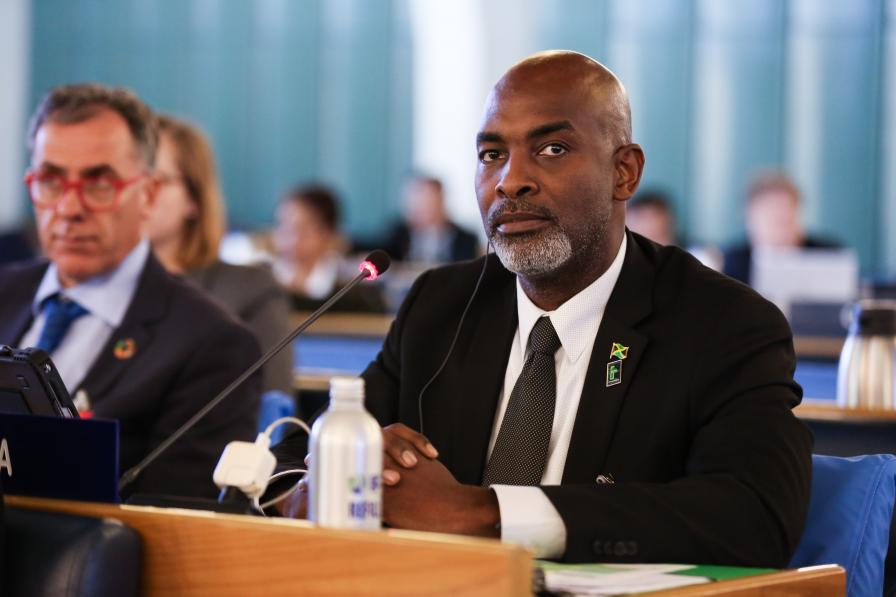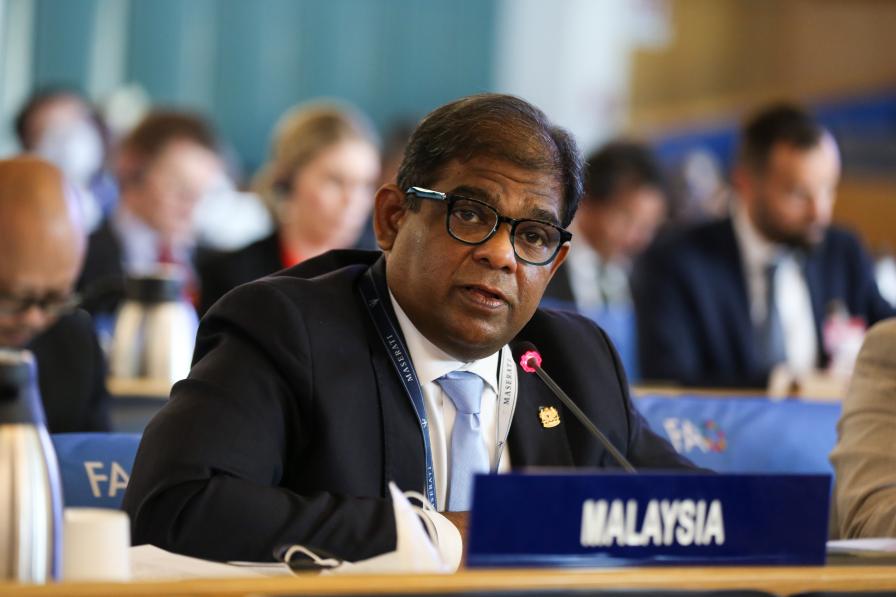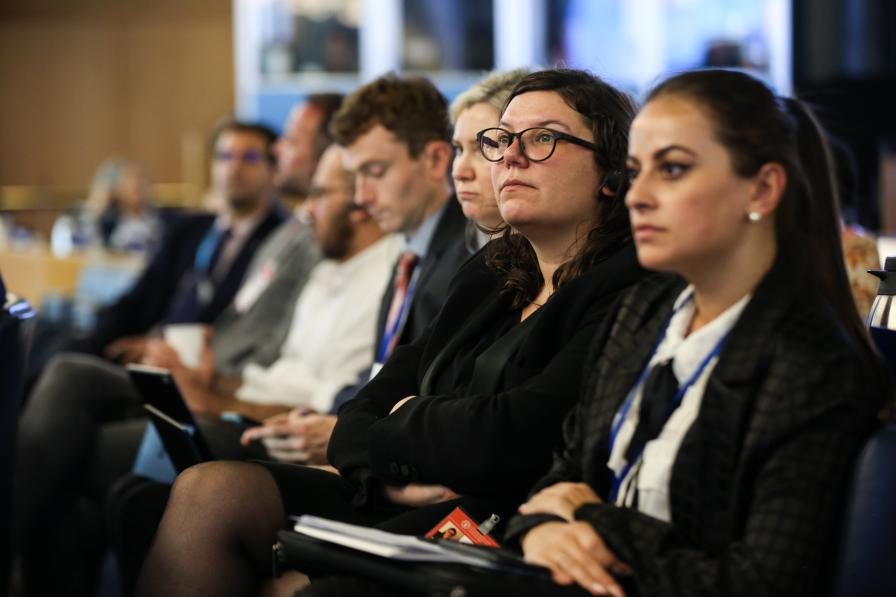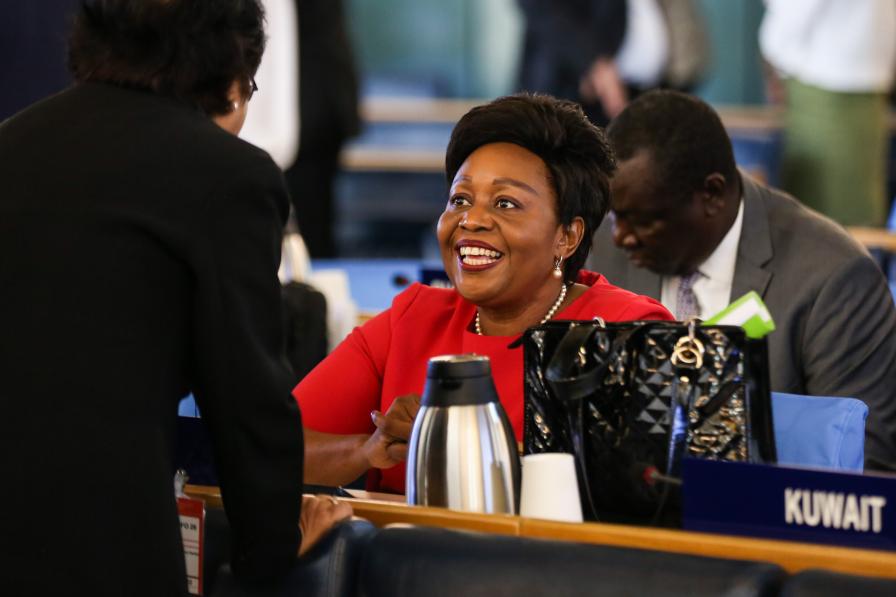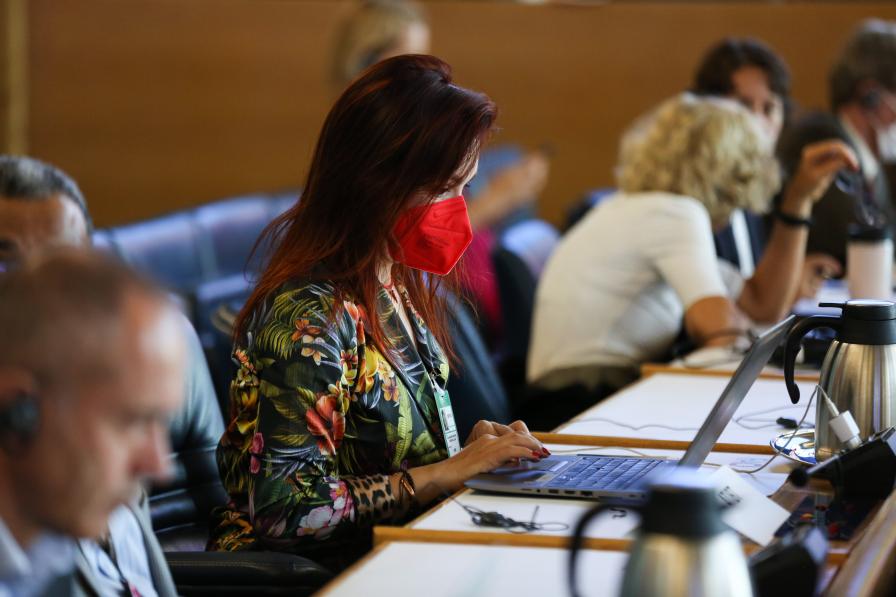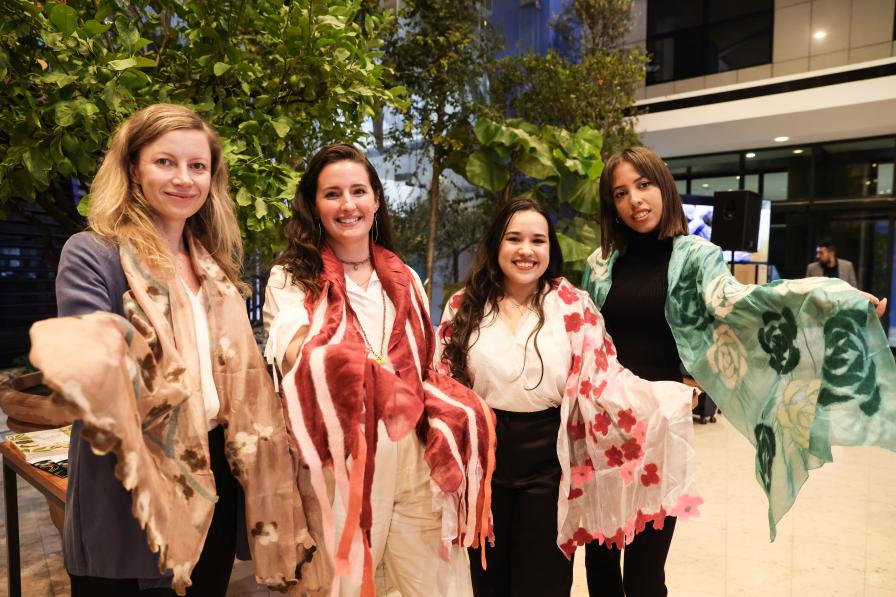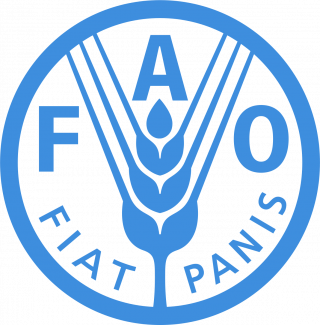The Committee on Forestry (COFO) of the Food and Agriculture Organization of the United Nations (FAO) began its 26th session on Monday with a with an opening ceremony including speeches and musical entertainment to set the tone for the week. After attending to organizational matters, the Committee looked at the FAO's flagship forestry report, the State of the World's Forests 2022 (SOFO 2022), and discussed linkages between agriculture and forestry. In the evening, the FAO hosted a reception featuring designer Stella Jean, the Mountain Partnership Goodwill Ambassador.
During the opening ceremony, FAO Director-General Qu Dongyu underscored the importance of the messages of SOFO 2022 and the XV World Forestry Congress’ Seoul Declaration. He welcomed COFO's discussion of agriculture and forestry linkages as an important step to identifying opportunities to improve complementarity between the sectors and strengthen coordinated policy responses on synergies and trade-offs.
Stressing the power of nature-based solutions, Princess Basma Bint Ali of Jordan, FAO's Goodwill Ambassador for Near East and North Africa, said forests are the key to addressing challenges in climate change, food security, land degradation and biodiversity loss.
Cécile Ndjebet, African Woman’s Network for Community Management of Forests (REFACOF) and Wangari Maathai Forest Champion 2022, stressed the strength, power and determination of rural communities and smallholders driving change in conservation from the ground up.
Analí Bustos, Youth Forest Change-maker 2022, suggested nature is itself the best factory of solutions to global environmental challenges and said youth are ready to aid transformation, “spread hope, and change history.”
The Committee then began discussion on SOFO 2022, which explores the potential of three interrelated forest pathways for achieving green recovery and tackling multidimensional planetary crises:
- halting deforestation and maintaining forests;
- restoring degraded lands and expanding agroforestry; and
- sustainably using forests and building green value chains.
Members intervening on this agenda item focused on actions that FAO should include in its efforts to promote the three forest pathways, including, among others: replacing harmful policies with incentives for sustainable forest management (SFM); addressing access to credit and land ownership; augmenting green economies; and supporting natural resource and watershed management to mitigate land degradation.
COFO also discussed linkages between agriculture and forestry, based on an FAO report produced in response to an 2020 FAO Council request. Discussion began with a high-level panel.
FAO Committee on Agriculture (COAG) Chair Julie Emond (Canada) summarized COAG's recommendations responding to the report. Environment and Forestry Minister Siti Nurbaya, Indonesia, discussed her country's Forestry and Other Land Use (FOLU) Net Sink 2030 policy, set by decree, which emphasizes SFM, support for agroforestry and social forestry, and community conservation programs. Ambassador Carlos Bernardo Cherniak, Argentina, emphasized that: achieving the Sustainable Development Goals (SDGs) should be reconciled with Argentina's global role as an agricultural producer; there is no such thing as a single production model; and forestry and agriculture cannot be discussed as if they are not interlinked sectors.
In the general discussion, participants suggested that:
- FAO continue collecting and analyzing science- and evidence-based data on agriculture and forestry interdependencies, including on direct and underlying drivers of deforestation and land degradation;
- FAO prepare a global assessment of the status and scaling-up potential of agroforestry, to update Global Forest Resource Assessment (FRA) categories covering production systems integrating trees and forests;
- FAO engage in discussion on defining the term “forest degradation”;
- FAO and members place greater emphasis on decoupling agricultural production growth from forest and other biodiversity loss; and
- FAO report regularly on the mainstreaming of biodiversity in the agriculture and forestry sectors.
All ENB photos are free to use with attribution. For COFO 26, please use: Photo by IISD/ENB | Natalia Mroz
To receive free coverage of global environmental events delivered to your inbox, subscribe to the ENB Update newsletter.

